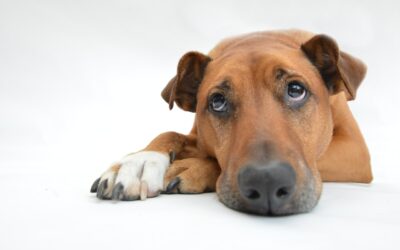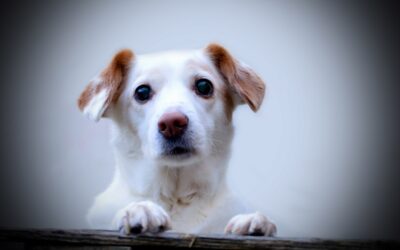Photos by pxhere.com
Animals are naturally curious and playful, particularly when young, bored or under stimulated. Some animals are highly food motivated while others seem particularly fussy about what they put in their mouths.
There are certain human foods and celebratory decorations that we see repeatedly causing harm to our pets. Particularly around Christmas, Easter and other festive seasons when families are relaxed, visitors are not so aware of leaving these interesting “dangers” within your pet’s reach and there are generally more human treats available.
Chocolate
Strangely enough cats don’t taste sweet things and most cats are not particularly interested in chocolate so it is more a danger for dogs.
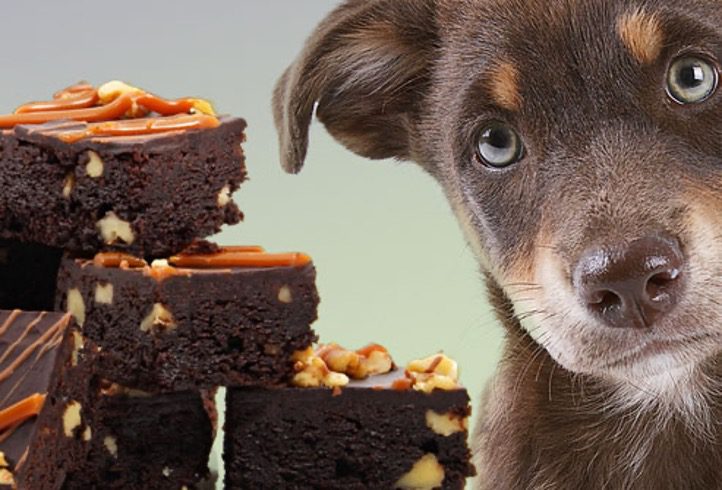
Never feed your dog chocolate, lollies or biscuits thinking they are a treat for your dog. Chocolate, lollies and biscuits are treats for humans only.
If your pet has eaten chocolate, you can use our Chocolate Toxicity Calculator as a quick reference before bringing them in to see us.
Chocolate is toxic because it contains a substance known as methylxanthines (specifically theobromine and caffeine). Theobromine is similar to caffeine and is used medicinally as a diuretic, heart stimulant, blood vessel dilator and smooth muscle relaxant. Humans can breakdown and excrete these methylxanthines much more efficiently than dogs.
Generally the darker and more bitter the chocolate, the more toxic it is. As little as 15g of dark chocolate and 100g of milk chocolate may be toxic to a 10kg dog. However larger quantities of ingestion will result in more severe signs of toxicity and danger to your pet.
Sugar & Sugar Free Lollies
Sugar is highly toxic to dogs. Be careful also with sugar-free lollies as these contain xylitol instead of sugar which is highly toxic for pets even in the smallest doses.
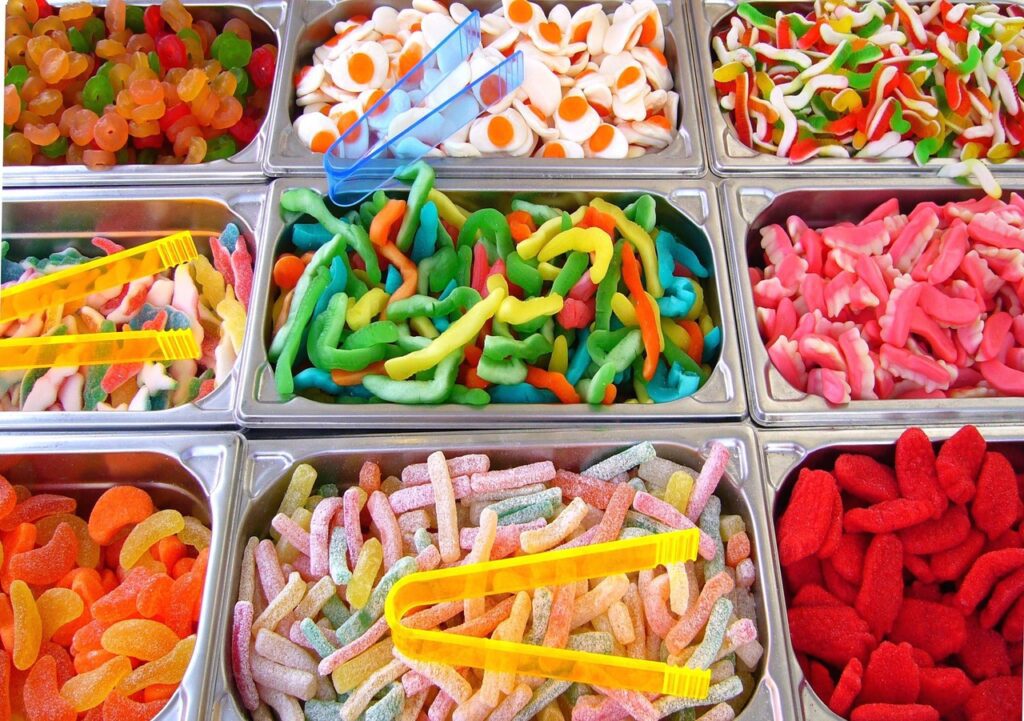
Salty Meats
Ham, turkey, lamb meat/bones pose a couple of threats to your animals. Excessive salt in the meat can lead to toxicity with similar symptoms to that of sugar toxicity. Cooked bones can get stuck in your pet’s throat or cause intestinal blockages or perforations which may lead to emergency surgery.
Make sure to seal your rubbish bags well and always keep them in a bucket with a pet-proof lid.
Fatty Foods
Excessively fatty meats such as the skin from ham and turkey can lead to severe inflammation of the pancreas and surrounding intestinal organs. Pancreatitis can be fatal for animals.
Celebratory Cakes
Mince pies, hot cross buns, Christmas pudding/cake, etc are packed with dried fruits that contain a highly concentrated volume of sugars. Raisins, sultanas and currents can cause anything from vomiting to total kidney failure.
Anzac Biscuits, Cookies and Other Sweet Treats
Ingredients used in other sweet treats vary according to recipe however they all contain quantities of sugar that could be toxic to a pet if ingested. Biscuits can be “gobbled” down quickly by a sneaky dog who finds them unattended, so ensure they are kept well out of reach at all times.
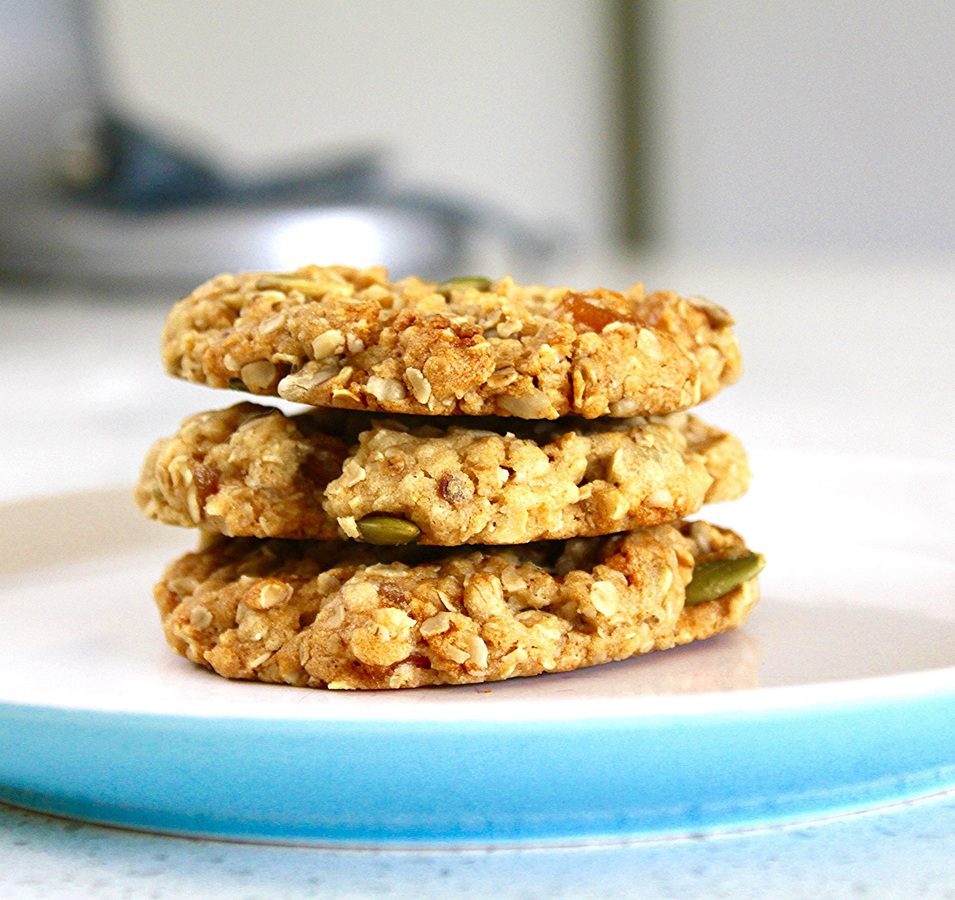
Alcohol
Alcohol can also have a severe effect on your pet. There is never a reason to give your pet alcohol so remember that Christmas treats often use alcohol as a flavour additive that is not always obvious. Be mindful of this throughout the festive season.
Dangers for Cats and Dogs
Toys and decorations pose a very different set of dangers, particularly for cats who like to play with items that are small and easy to ingest.
Foreign Bodies & Chocking Hazards
Cats are particularly inquisitive, able to jump up on tables easily and they love our small toys to play with because they are light and often covered in soft fluff – easy to pick up with their mouths and claws.
While not toxic, tinsel, ribbon, sparkly items, easter basket nests, etc. can look attractive to inquisitive pets. If swallowed, long linear foreign bodies like this can cause telescoping of the intestines or blockages if ingested. The intestines bunch and twist leading to severe internal damage requiring emergency surgery.
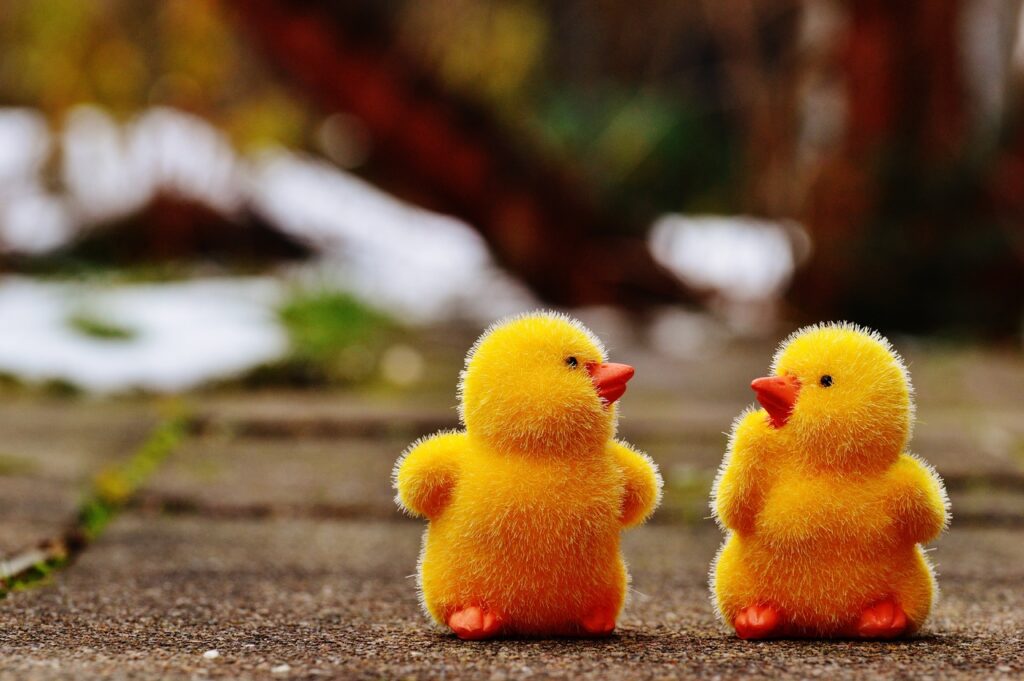
Plastic Toys
Plastic toy such as toy easter chicks, plastic easter eggs, small baubles, wrapped Christmas presents, etc, toys can easily be swallowed or pulled apart and cause damage to the gastrointestinal tract, obstruction or internal puncture injuries that require emergency surgery.
Toxic Plants
Be aware that some types of plants and flowers are highly toxic to pets:
- Mistletoe and Holly should not be ingested and may cause vomiting and diarrhoea.
- Amaryllis and Daffodils which are both common Easter flowers that are toxic to cats.
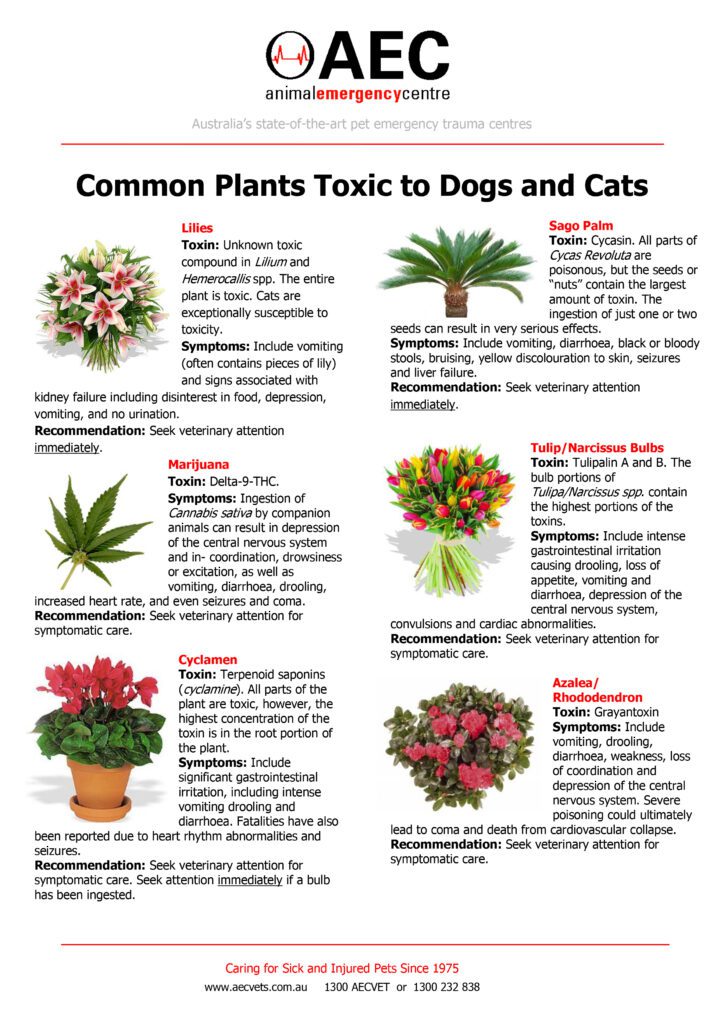

Lilies
- Lilies of the Genera Lilium and Hemerocallis are deadly to cats, causing acute kidney failure. You can read more about Lilies and their toxic danger here. All parts of the plant, including the water from the vase are toxic to cats.

Click here for a full list of flowers that are toxic to cats.
DO NOT WAIT TIL YOUR PET IS SICK.
If you suspect your dog has ingested any chocolate, cooked bones or too many high-risk foods, bring them in to see us at The Village Vet IMMEDIATELY.
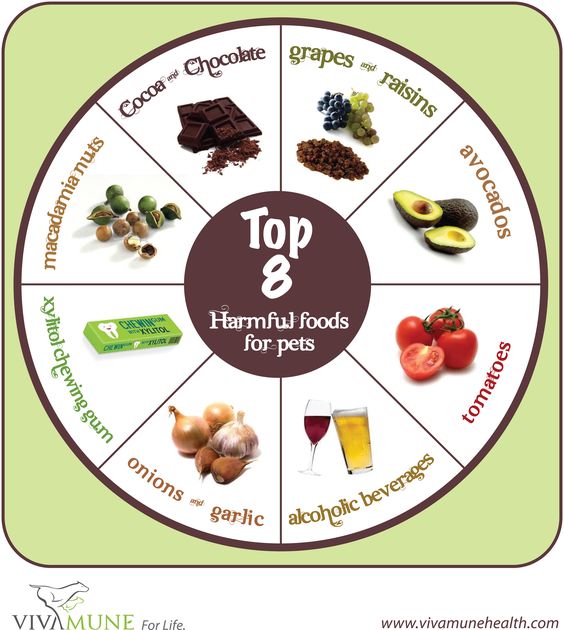
Prevention is always better than cure, particularly with toxic poisons.
Vomiting may be induced by your vet which will prevent absorption of the substances and resulting toxicity. If treatment is left too late then hospitalisation and supportive care may be necessary whilst the effects of the toxicity are active in your dog’s system. It will be a far less invasive and lengthy veterinary visit if your pet gets immediate attention. Try to estimate the quantity your dog has eaten and bring any remaining packaging along with you.
Symptoms of Toxic Poisoning
- Vomiting
- Diarrhoea
- Hyperactivity
- Tremors
- Seizures
- Rapid heart rate
- Death
IF YOU DOG IS SHOWING THESE SYMPTOMS, bring them into The Village Vet without delay. You can call us on 9499 4010 any time for advice.
Sources
- Kirsty Andrews, Veterinary Nurse, The Village Vet
- Vets Choice www.vetschoice.guildinsurance.com.au. Article by Dr Alice Marshall, Registered Veterinarian (NSW VSB)
- Cat World www.cat-world.com
- RSPCA www.rspca.org.au
- Photos by pxhere.com

